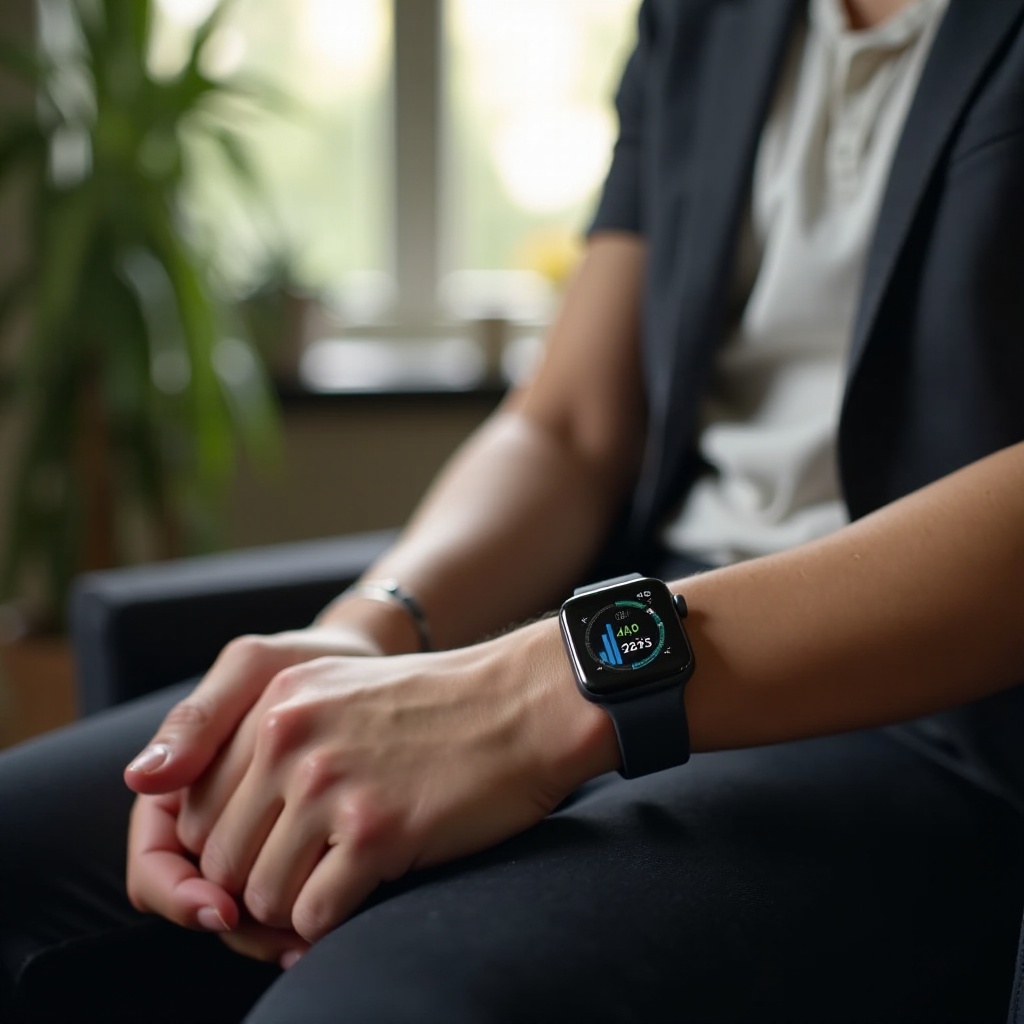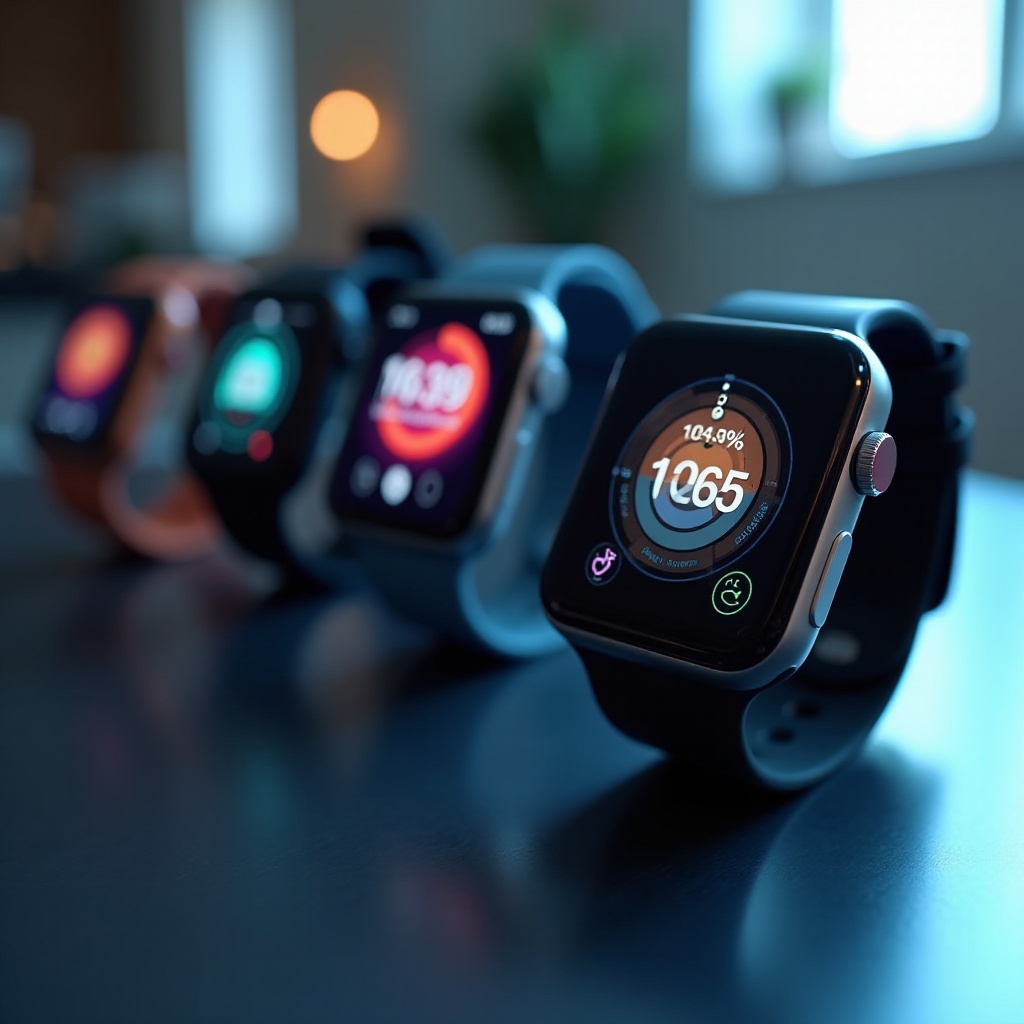Introduction
Stress is a pervasive issue in modern lifestyles, impacting both physical and mental health. As a result, managing and monitoring stress levels has become a significant focus for individuals and health tech companies alike. Smart watches have emerged as a powerful tool in this endeavor, leveraging advanced sensors and algorithms to track stress levels and provide valuable health insights. But how do smart watches track stress, and how reliable are these measurements? This article delves into the science and technology behind stress tracking in smart watches, exploring the features of leading models and offering practical tips for using these wearables to manage stress effectively.
Understanding Stress and Its Impact
Stress is a physiological response to perceived threats or challenges, triggering a cascade of hormonal and physiological changes. While stress in short bursts can be beneficial, chronic stress can have detrimental effects on health. It is linked to conditions such as hypertension, heart disease, anxiety, and depression. Understanding the impact of stress on the body underscores the importance of monitoring and managing it. Herein lies the significance of stress tracking technology in smart watches, which aim to provide users with actionable insights to maintain well-being.

How Smart Watches Detect Stress
Heart Rate Variability (HRV)
One of the primary indicators of stress measured by smart watches is Heart Rate Variability (HRV). HRV represents the variation in time between successive heartbeats, and it is affected by the autonomic nervous system. Higher HRV indicates a relaxed state, while lower HRV is associated with stress. Smart watches use photoplethysmography (PPG) sensors to detect changes in blood volume with each heartbeat, allowing them to calculate HRV and infer stress levels.
Electrodermal Activity (EDA)
Electrodermal Activity (EDA) measures the skin’s electrical conductance, which varies with sweat gland activity—a response to stress. Some advanced smart watches are equipped with EDA sensors that detect these changes, providing another layer of data to assess stress. EDA is particularly useful as it offers real-time insights into the body’s stress response, making it valuable for continuous monitoring.
Additional Sensors and Data
Beyond HRV and EDA, smart watches may incorporate other sensors such as accelerometers, gyroscopes, and temperature sensors to offer a comprehensive picture of stress. For instance, physical activity levels, sleep patterns, and even ambient conditions can influence stress. Smart watches analyze this plethora of data, using sophisticated algorithms to deliver accurate stress assessments.
Leading Smart Watches with Stress Tracking Features
Apple Watch
The Apple Watch is renowned for its health and wellness features, including stress tracking. Using HRV and various motion sensors, it provides detailed insights into stress and heart health. The Apple Watch also includes mindfulness and breathing exercises to help users manage stress effectively.
Garmin Fenix
The Garmin Fenix series is popular among outdoor and fitness enthusiasts. It employs HRV data and combines it with activity tracking to deliver comprehensive stress monitoring. Garmin’s Body Battery feature calculates energy levels, including stress and recovery, offering users a holistic view of their health.
Fitbit Sense
The Fitbit Sense is designed explicitly for stress management, featuring both HRV and EDA sensors. With its Stress Management Score, the Fitbit Sense evaluates daily stress levels and provides personalized recommendations for relaxation techniques, making it a powerful tool for stress management.

The Science Behind Stress Tracking Algorithms
Understanding how smart watches monitor and interpret stress relies heavily on the science and technology behind their algorithms.
Data Collection Methods
Smart watches collect a vast array of physiological and environmental data through their sensors. This data is then transmitted to a central processing unit within the watch or the connected smartphone app. Collecting data consistently and accurately is crucial for effective stress monitoring.
Machine Learning and Analysis
Machine learning algorithms analyze the collected data to identify patterns indicative of stress. These algorithms consider various factors, such as HRV, sleep quality, physical activity, and skin conductance, to generate a comprehensive stress profile. Machine learning models are continually refined to improve the accuracy and predictive power of stress assessments.
Accuracy and Reliability of Metrics
The accuracy and reliability of stress tracking metrics can vary between devices. Factors such as sensor quality, placement, and the specificity of algorithms play a significant role. Research and validation studies are ongoing to enhance the precision of these metrics, ensuring they provide trustworthy insights for users.
Practical Applications of Stress Tracking
Monitoring stress with a smart watch goes beyond collecting data; it can inform lifestyle changes and interventions. Users can identify stress triggers and patterns through continuous monitoring, allowing them to take proactive steps to mitigate stress. Additionally, smart watches often come with guided breathing exercises, mindful meditation, and other relaxation tools that can be used to manage acute stress episodes. By integrating these practices into daily routines, users can enhance their overall well-being.
Tips for Using Smart Watches for Stress Management
- Consistent Wear: For accurate data, wear the smartwatch consistently, especially during sleep and throughout varied activities.
- Utilize Relaxation Features: Engage in the guided breathing exercises and mindfulness practices offered by the watch.
- Track Patterns: Pay attention to daily, weekly, and monthly stress patterns to understand personal triggers.
- Healthy Lifestyle Choices: Combine stress management with healthy sleep, diet, and exercise routines for better results.
- Regular Review: Regularly review the data and insights provided by the watch and adjust lifestyle habits accordingly.
Conclusion
Smart watches offer a sophisticated means of tracking and managing stress through advanced sensors and algorithms. By understanding how these devices measure stress and leveraging their features, users can gain valuable insights into their well-being and take proactive steps to manage stress. From the Apple Watch to the Fitbit Sense, these devices not only monitor stress but also guide users towards healthier lifestyles.
Frequently Asked Questions
How accurate is stress tracking on smart watches?
The accuracy of stress tracking varies by device but generally provides a good approximation. The algorithms and sensors continue to improve, enhancing reliability.
Can smart watches help in long-term stress management?
Yes, smart watches can help users monitor long-term stress levels, identify triggers, and incorporate stress management practices into daily routines.
Are there privacy concerns with the data collected by smart watches?
As with any connected device, privacy concerns exist. Ensure to review the privacy policies and settings of your smart watch to manage data sharing and security.

